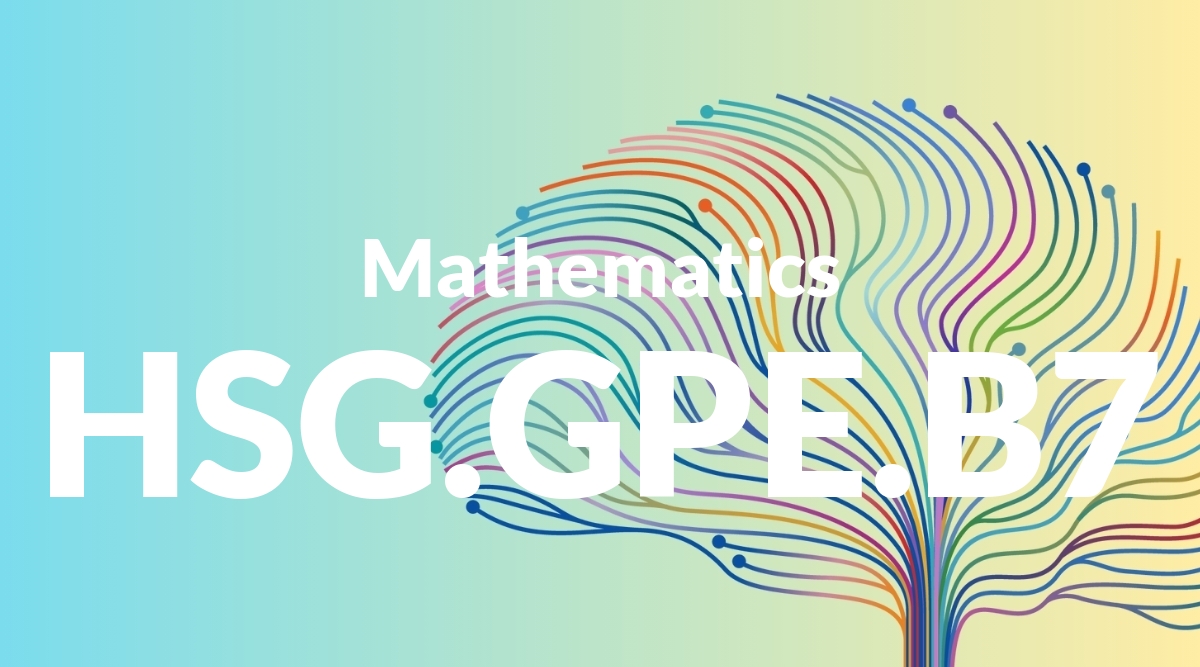Standard: 8.L.1 – Demonstrate command of the conventions of standard English grammar and usage when writing or speaking.
Grade level: Grade 8
Subject: English Language Arts
Domain: Language
Teacher Overview
This standard focuses on ensuring that students have a strong command of standard English grammar and usage, which is essential for effective communication. Mastery of this standard will help students express their ideas clearly and accurately in both written and spoken forms, an important skill for academic success and future professional endeavors. Students should have a solid grasp of basic grammar concepts, including sentence structure, parts of speech, and punctuation rules. They should also be familiar with subject-verb agreement and verb tenses.
By mastering this standard, students will develop the ability to write and speak using advanced grammatical structures. This will prepare them for more complex writing tasks in high school and beyond, as well as improve their performance on standardized tests.
Common Misconception 1
Some students may think that the grammar rules used in casual speech are the same as those used in formal writing. This is incorrect because formal writing often requires adherence to stricter grammar rules to ensure clarity and professionalism.
Intervention 1
To address this misconception, teachers can create activities that highlight the differences between formal and informal language. Practice exercises can help students understand when to use different grammar rules based on the context.
Common Misconception 2
Another common misconception is that grammar rules are static and do not change over time. This is not true, as language is constantly evolving, and grammar rules can shift with usage trends and cultural changes.
Intervention 2
Teachers can provide historical examples of grammar changes and discuss current language trends. This can help students appreciate the dynamic nature of grammar and understand its application in modern contexts.
Prerequisite Knowledge
Students should have a basic understanding of sentence structure, parts of speech, and common punctuation rules. They should also be familiar with fundamental grammar concepts such as subject-verb agreement and verb tenses.
Subsequent Knowledge
After mastering this standard, students will be able to write more complex sentences and paragraphs, use advanced grammatical structures, and apply their grammar skills in a variety of writing and speaking contexts. They will also be better prepared for high school English courses and standardized tests.
Instructional Activities
- Grammar scavenger hunt: Identify and correct grammatical errors in sample texts.
- Peer editing sessions: Review and provide feedback on classmates’ writing.
- Grammar games: Interactive activities to reinforce grammar rules.
- Writing workshops: Focused sessions on specific grammar topics.
- Debate club: Practice using proper grammar in spoken arguments.




